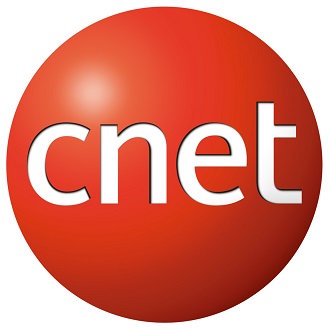Hey, Windows 8 doesn't suck


This post was also published on CNET and VentureBeat.

For months now, various pundits have been deriding the upcoming Windows 8 as the next Vista. People have made mocking videos showing older people thoroughly confused by Windows 8's Metro tile interface. Indeed, the Windows 8 Metro interface is radically different than the traditional Windows desktop. It's a touch interface.
Yet the same pundits that slammed Windows 8 on the desktop are now lauding Microsoft Surface, the Windows 8-powered touch tablet that Microsoft announced Monday. Since the Windows 8 Metro software hasn't changed, what exactly is so different? After all, Microsoft is demonstrating the exact same interface on touch-enabled hardware. And all of a sudden, Windows 8 is making sense.
It's not at all crazy to assume that soon all notebook and desktop screens will be touch enabled. Haven't you sometimes just wanted to reach out and touch your MacBook Air or desktop screen, just like you do on your smartphone or tablet?
Microsoft, it turns out, is slightly ahead of the curve here. To avoid consumer confusion, the company should seriously consider making Windows 8 Metro work slightly differently when it is not being used with a touch-enabled device or let people automatically bypass it on the Windows desktop. Why force a touch interface on non-touch computers? Microsoft has been adjusting Windows 8 based on feedback during the beta period; it recently reversed its decision to not support Flash in the Metro IE10 browser.
Discovering the secret to well-designed products
Apple certainly led the way in bringing well-designed, easy-to-use products to the market, and now others are beginning to get a clue. It's actually not that complicated. Hire reputable industrial designers, then listen to them. And then test the resulting products extensively and fix whatever annoys people. This same process has been applied to cars, kitchen appliances, and other consumer categories at companies run by MBAs, not Steve Jobs.
In the Ultrabook category, Microsoft OEMs, such as Samsung and Acer, are delivering beautiful MacBook Air-like computers. With Microsoft's Surface stake in the ground, it will not be surprising if those Microsoft frenemies start delivering beautiful tablets as well. It is hard to compete with Apple's soup-to-nuts approach and Microsoft has had to lead the way, much like Google led the way with the Google Nexus phone, and was soon outshined by Samsung's popular Galaxy S II.
One mode for consumption, another for creation
One of the biggest pundit dings on Windows 8 is that it has two modes: the Metro tiled interface and the traditional Windows desktop mode. However, we need to recognize that personal computers are undergoing a fundamental shift in how we use them.
When personal computers first came out, they were essentially creation tools. There was no communication, no multimedia, nothing to load from disks. Back then, users edited a document or edited a database. There were steps along the way to the Internet, of course, but now the personal computer has become a device for communicating and reading, watching or playing stuff, whether movies or music or articles such as this one.
It is quite reasonable that at this point users need two separate interfaces: one for consumption and another for creation. For multifunctional machines, it is actually not odd to overlay one model on top of the other. When you want to consume content on the Microsoft Surface, you use it as a tablet. When you want to create content, switch it to the Windows desktop mode and use its innovative keyboard. Microsoft ran two user interfaces in one with Windows on top of DOS, and pundits trashed this strategy as well, but after a few years Microsoft was very successful with Windows 95 and brought all of its users along for the ride.
Apple currently provides two interfaces as well with the mobile/touch version iOS vs. the desktop version, and former Apple President Jean-Louis Gassee points out that the two Apple user interfaces are converging in terms of design.
Microsoft has innovated in a touch-based, creation interface with its experimental Microsoft Surface tabletop, which has an interface reminiscent of the interface Tom Cruise uses in the 2002 sci-fi movie Minority Report. It would not be surprising if in a couple of years Microsoft ships a Windows 9 that adds touch to the creation mode, and professional workers will be touching their screens just as much as they do at home while reading the news on a tablet.